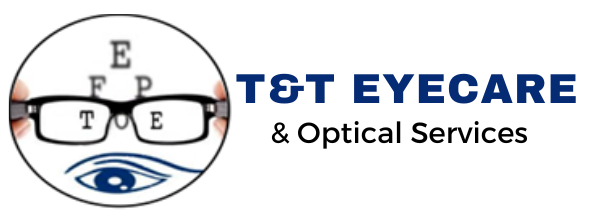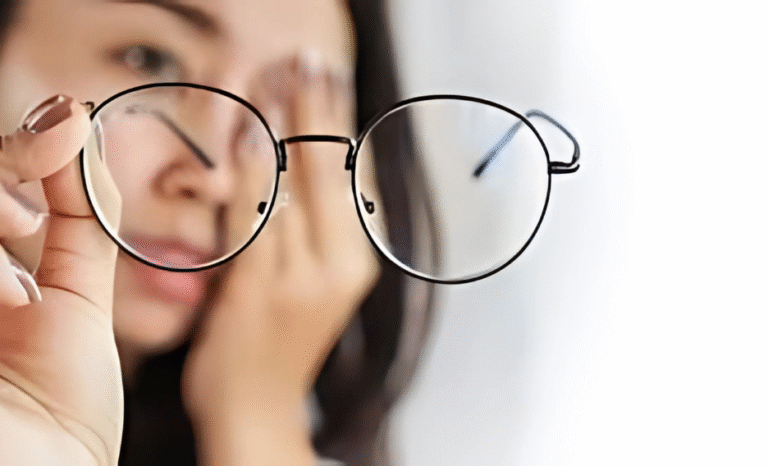What Is Astigmatism and How Can It Be Corrected?
Understanding Astigmatism
Astigmatism is one of the most common vision problems worldwide. Many people mistakenly call it “stigmatism,” but the correct term is Astigmatism. It can affect one or both eyes and ranges from mild to severe.
Astigmatism occurs when the cornea (the eye’s clear front surface) or the lens inside the eye has an irregular shape. Instead of being smooth and evenly curved, it is slightly oval, like a football. This irregular curve causes light to focus unevenly on the retina, leading to blurry or distorted vision.
It is one of the four significant refractive errors, along with:
-
Myopia (nearsightedness)
-
Hyperopia (farsightedness)
-
Presbyopia (age-related near vision loss)
Research shows that about 1 in 9 people will be diagnosed with Astigmatism in their lifetime. Most cases are mild and easily corrected, but higher degrees may need specialized treatment.
Causes of Astigmatism
Astigmatism is usually present from birth (congenital). However, it can also develop later in life due to:
-
Eye injuries
-
Eye surgery
-
Other eye conditions
A normal cornea is round, like a basketball. With Astigmatism, it is shaped more like a football. This uneven shape bends light differently, resulting in unclear vision at all distances.
Common Symptoms of Astigmatism
Astigmatism uniquely affects vision compared to nearsightedness or farsightedness. It blurs both near and distant objects, making self-diagnosis difficult.
Typical signs include:
-
Blurry or distorted vision
-
Eye strain and discomfort
-
Frequent headaches after reading or screen use
-
Squinting to see clearly
-
Difficulty seeing at night or in low light
If you notice these symptoms, it is best to book a comprehensive eye exam. Only an eye care professional can confirm if Astigmatism is the cause and recommend the proper treatment.
How Is Astigmatism Treated?
The good news: Astigmatism is highly treatable. Modern eye care offers several effective correction methods, including:
👓 Prescription Eyeglasses
-
Toric lenses are specially designed to correct Astigmatism.
-
They provide sharp, comfortable vision for mild to moderate cases.
👁️ Contact Lenses
-
Toric contact lenses work like glasses but sit directly on the eye.
-
They are ideal for people who prefer contacts for comfort or lifestyle reasons.
🔬 Refractive Surgery
-
LASIK, PRK, or SMILE can permanently reshape the cornea.
-
Surgery is best for those who want long-term freedom from glasses or contacts.
The right option depends on your degree of Astigmatism, overall eye health, lifestyle, and personal preference.
Protecting Your Vision With an Eye Exam
Astigmatism is common, but with the proper treatment, you can enjoy clear and comfortable vision. Regular eye exams are the best way to detect Astigmatism early and prevent unnecessary strain or headaches.
If you have symptoms of blurry vision or frequent eye strain, schedule an exam with a qualified optometrist or ophthalmologist.






